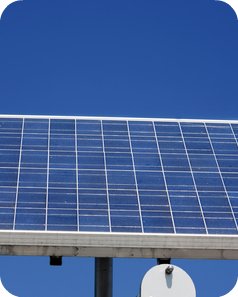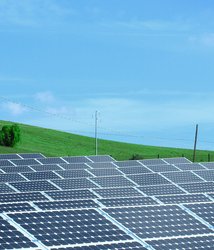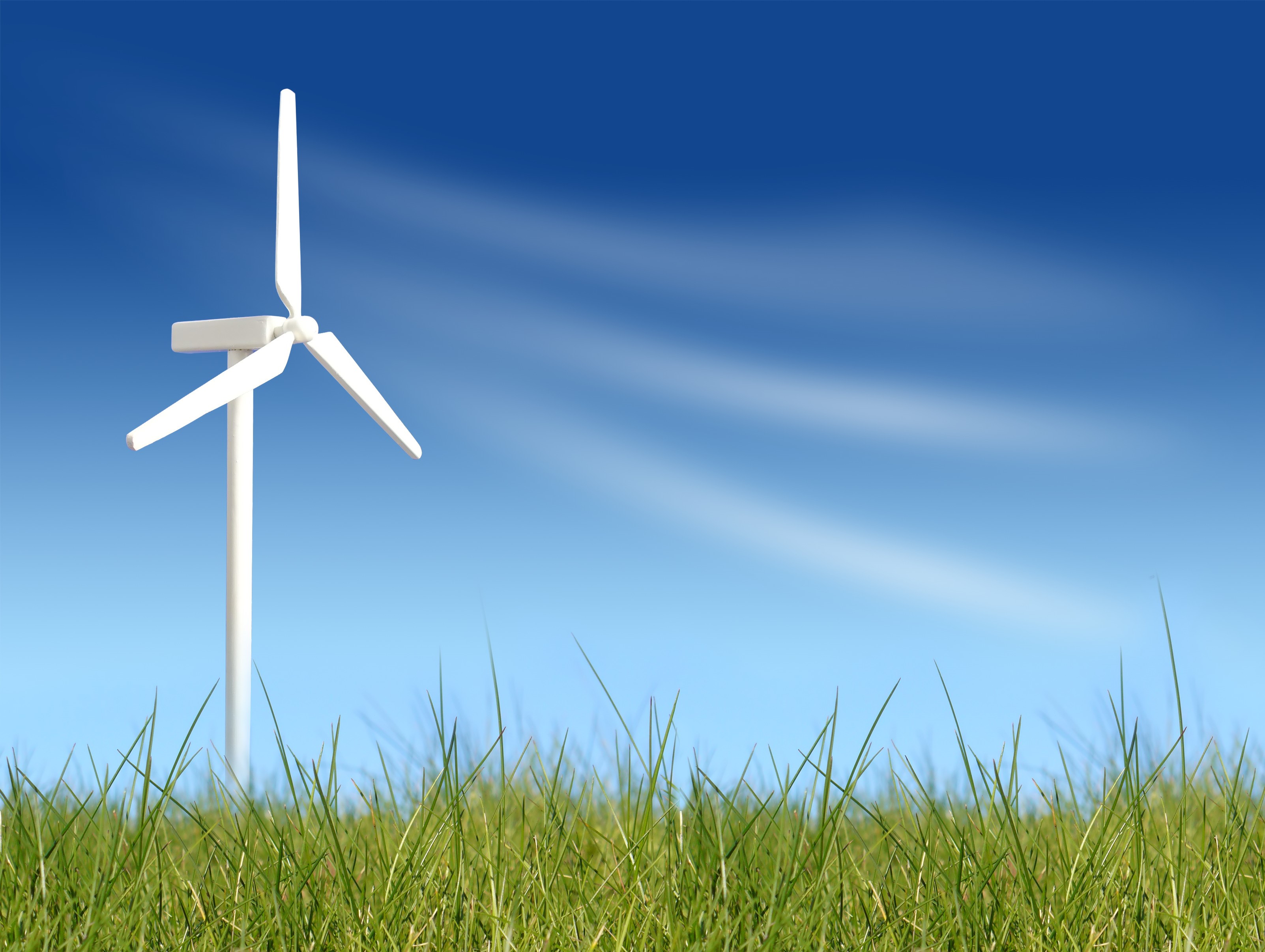Solar Electricity: A Powerful Generation Source
Solar Electricity
Providing homes and businesses, Solar Electricity being pollution free, reliable, and an efficient energy is influencing people worldwide. The use of Solar Photovoltaic (Cells), and heat engines to provide remote power applications such as radio towers, lighthouses, home and businesses lighting, road signs and lights, telecommunication stations, water pumps, laptop computers, etc., as become the choice technology of today.
Solar Panels
,Made from an array of silicon cells ( An element found to be abundant in the earth's crust), Solar Panels produce power without any moving parts by sunlight hitting these panels and producing Direct Current (DC) Electricity. Off-Grid Photovoltaic Systems can store this (DC) Current in rechargeable batteries, while with a Grid-Connected Solar System the excess electricity can be sent to the power grid. With the use of an off-grid inverter, Direct Current (DC) power from solar panels and batteries, can be converted into (AC) Current Power.

Solar Thermal Power and Collectors
A technology that harnesses Solar Energy for heat is Solar Thermal Power, while the use of photovoltaic cells will convert this energy directly into electricity. Solar Collectors are classified as, Low, Medium, or High Temperature. The Flat Plate Low Temperature Thermal Collectors are generally used to heat swimming pools, while to heat water or air for residential or commercial use, Medium Temperature Flat Collectors are used. The High Temperature ones concentrate sunlight by using mirrors or lenses, thus creating Solar Electricity. These collectors can use water or air as the medium to transfer the heat to it's destination.
Depending on where you live, a solar water system can be connected to an electric hot water or electric furnace system. Like wind power, solar energy systems can be connected to the power grid, and if there is an excess of electricity produced from solar, this can be credited back to you.
Photovoltaic panels or Solar Thermal Collectors can be characterized as being passive or active solar. Active solar technologies, employ sunlight for useful energy by using electrical and mechanical equipment such as fans and power pumps to increase the supply of energy, and can be considered supply side technologies.
Passive solar unlike active solar, uses the sun's rays without any form of conventional energy methods. The techniques used for passive solar is the orientation of buildings to the sun, the selection of materials with favorable thermal mass or light dispersing properties, and the designing of spaces that naturally circulate air.
Before installing a solar electricity system things to consider are having good solar resources, and making sure you have enough solar energy to meet your needs. Also, find out which type of system you'll want to install, a grid-connected or a stand alone one. Another recommendation would be to find a qualified Installer, who can properly install your system.
For more information see Solar Energies, Solar Homes,Solar Heat
Also go to Alternative Global Energies.



